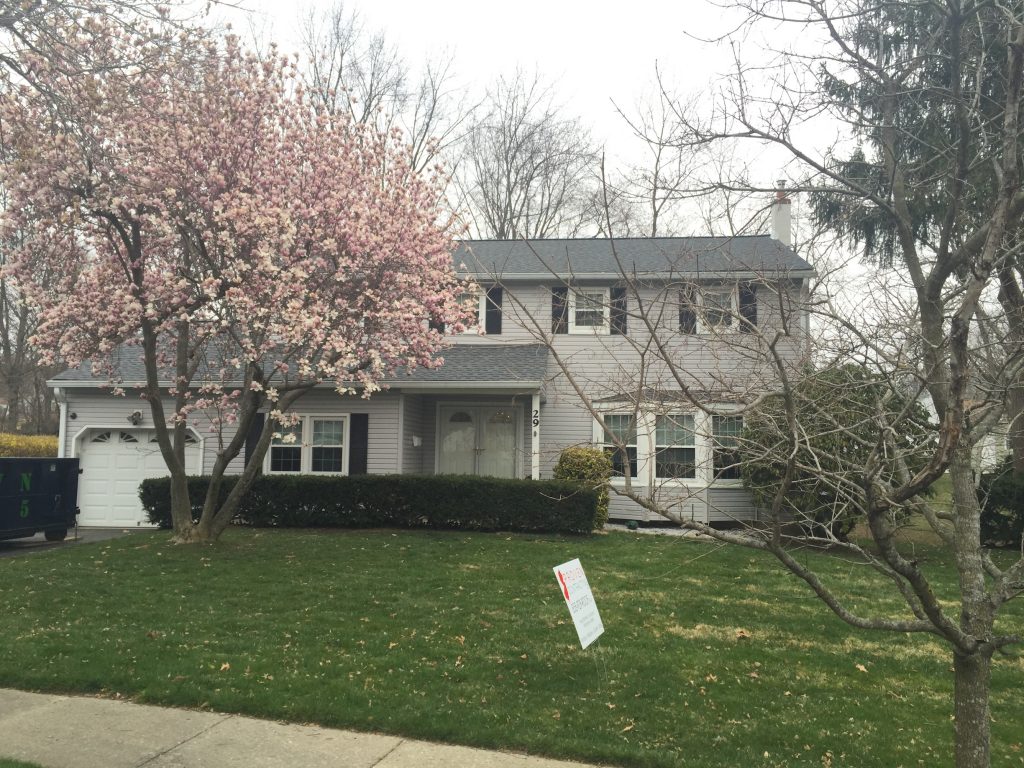History and Location of East Brunswick, New Jersey
The township of East Brunswick, New Jersey, is situated in the center of Middlesex County. From a rural area to a major suburban community, its development has been shaped by its rich history and advantageous location.
Early History and Settlement
The Lenape Native Americans first lived in what is now known as East Brunswick. They relied on the area’s natural resources for agriculture, fishing, and hunting. Beginning in the late 17th century, Dutch and English colonists were the main ones to settle in Europe. It was a desirable location for farming and small-scale industry because of the lush land and lots of waterways.
East Brunswick was a part of the town of Monroe and the broader region known as South River in the 18th century. After being divided into portions of Monroe, North Brunswick, and South Brunswick, East Brunswick was not formally incorporated as a separate township until February 28, 1860.
Agricultural and Industrial Growth
East Brunswick’s economy was primarily based on agriculture in its early years. The region’s farmers raised cattle as well as a range of crops, such as rye, corn, and wheat. The township’s proximity to important routes and location alongside the Raritan River made it easier to transport agricultural products to markets in Philadelphia and New York.
East Brunswick experienced an industrial boom in the 19th century as factories and mills were built. The production of clay and bricks, which took advantage of the abundant clay deposits in the area, was one noteworthy industry. These sectors of the economy promoted local development and created jobs.
20th Century Suburbanization
East Brunswick saw a dramatic change at the beginning of the 20th century, going from a mostly rural region to a suburban one. Residents of East Brunswick could now live there and commute to nearby cities like Newark, New York City, and New Brunswick for work thanks to the development of roads and the invention of the automobile.
There was a population boom in East Brunswick following World War II. East Brunswick appealed to returning veterans of the war because it had plenty of land and new housing developments, making it a desirable place to settle down with their families. Route 18 and the New Jersey Turnpike’s construction improved accessibility even more, attracting more business and residential development.
East Brunswick saw the development of community centers, schools, and shopping centers during this time, which turned the township into a well-established suburban community. Its reputation as a major suburban hub was further cemented in the 1970s with the opening of Brunswick Square Mall and the 1980s and 1990s with the construction of corporate parks and office buildings.
Geographic Significance
East Brunswick is an essential component of the New York metropolitan area due to its advantageous location in central New Jersey. With a total area of about 22.5 square miles, the township is surrounded by a number of municipalities, including South River, North Brunswick, Helmetta, Old Bridge, Spotswood, and South Brunswick.
Its northern boundary is partially formed by the Raritan River, which offers both historical significance and scenic beauty. The township is distinguished by a blend of commercial areas, residential neighborhoods, and open spaces. Residents can enjoy outdoor recreation in parks like the 147-acre Farrington Lake and the Ireland Brook Conservation Area.
East Brunswick is easily accessible from various parts of the state due to its location along major transportation routes, such as the Garden State Parkway and the New Jersey Turnpike. Its growth and development have been significantly influenced by this connectivity, which has made it a desirable residential area for commuters.
Modern Day East Brunswick
Today, East Brunswick is home to over 47,000 people and is a vibrant, diverse community. It is renowned for having a robust public education system, a wide range of housing options, and an engaged local community. The township keeps up its suburban character while allowing for the demands of contemporary development by striking a balance between expansion and preservation.
A combination of retail, healthcare, education, and professional services underpin East Brunswick’s economy. The township’s current development plans are designed to support sustainable growth, improve community services, and upgrade infrastructure.
The history and strategic location of East Brunswick have made it an important part of New Jersey’s landscape, reflecting a blend of historical roots and modern suburban living.

